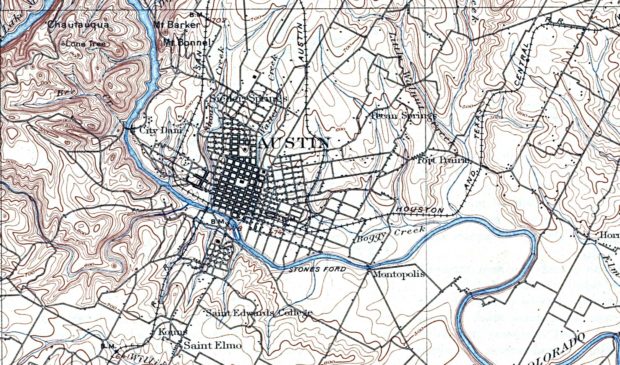Middle-class job growth to be focus of Austin’s economic incentives revision
Wednesday, February 15, 2017 by
Chad Swiatecki The city appears set to reform its economic incentives policies so they focus squarely on middle-class jobs that economists and local politicos worry aren’t growing fast enough.
Last week, Mayor Steve Adler posted a draft resolution created with City Council members Ellen Troxclair, Ora Houston and Jimmy Flannigan that directs city staff to assemble a list of recommendations that will help the city attract and grow small businesses in skilled trades, health care, information technology and other sectors where annual salaries fall around the region’s median income of $65,000.
The measure is on the agenda for this Thursday’s Council meeting and gives the city manager’s office 90 days to respond, though Flannigan and Adler both said their preference is to move fast on the issue as part of a larger slate of affordability initiatives headed to Council soon.
“I’m constantly frustrated with how long everything takes to happen,” Adler told the Austin Monitor. “It all seems to take too long, and I want this to happen as quickly as we can.”
The draft resolution specified Council Districts 1, 2, 3, 4 and 7 – which comprise the region of the city commonly known as the “eastern crescent” – as having populations who are traditionally hard to employ and could benefit most from incentives to grow small-business activity.
The city has periodically reworked its incentives policy, though in many cases packages were aimed at large employers such as Apple that traditionally require large property tax abatements or refunds as part of location discussions. In 2013, Council amended its guidelines to require an $11 minimum wage for employees and construction workers, along with requiring health care coverage and domestic partner benefits.
Adler said this revision will come with efforts to increase job readiness and workforce training since the labor pool in Austin appears to need help in developing the skills required for solidly middle-class jobs. A report is expected soon from a joint effort by Adler and Travis County Judge Sarah Eckhardt to create a master plan for increasing job readiness in the Austin area.
“That’s the workforce training side of this,” he said. “Cities all over the country are interested in filling the middle-income gap, and we’ve got to make sure we’re competitive with those. We already do a good job of attracting high-paying jobs and service jobs that don’t pay a living wage. The trouble is we’re not getting the middle and need to align the city and chamber of commerce to focus on what we can attract to the city that will be the most beneficial.”
Flannigan said adding more middle-class jobs throughout the city will help different districts in different ways. In his North Austin district, it would add economic diversity to a region that is currently dominated by large employers in the technology industry, while in much of East Austin, those types of jobs would raise the average household income and keep longtime residents from getting priced out of their neighborhoods.
“For me, it’s about an economy that’s resilient, because we’re currently very tech-heavy and would like to integrate more with our neighbors in Cedar Park and Georgetown,” he said. “We need to ensure that as the region grows, we’re not over reliant on one or two types of jobs. We can have different perspectives and different needs, and bringing employers to the area from a diverse group of sectors is also about quality of life and workforce readiness.”
Adler said the middle-class focus isn’t meant to figuratively hang a “closed for business” sign on the city when it comes to six-figure tech jobs. Instead, it’s intended to address lagging growth in that part of the city’s economic landscape.
“Austin is a magical city and place with a high quality of life, and a lot of people and companies want to be here. They’ll come regardless of what we do,” he said. “This doesn’t discourage anybody from coming. This simply says that when it comes to the city co-investing, we want to see a return that’s in line with what we’ve decided we want to achieve.”
Public Domain, Creative Commons.
The Austin Monitor’s work is made possible by donations from the community. Though our reporting covers donors from time to time, we are careful to keep business and editorial efforts separate while maintaining transparency. A complete list of donors is available here, and our code of ethics is explained here.
You're a community leader
And we’re honored you look to us for serious, in-depth news. You know a strong community needs local and dedicated watchdog reporting. We’re here for you and that won’t change. Now will you take the powerful next step and support our nonprofit news organization?






